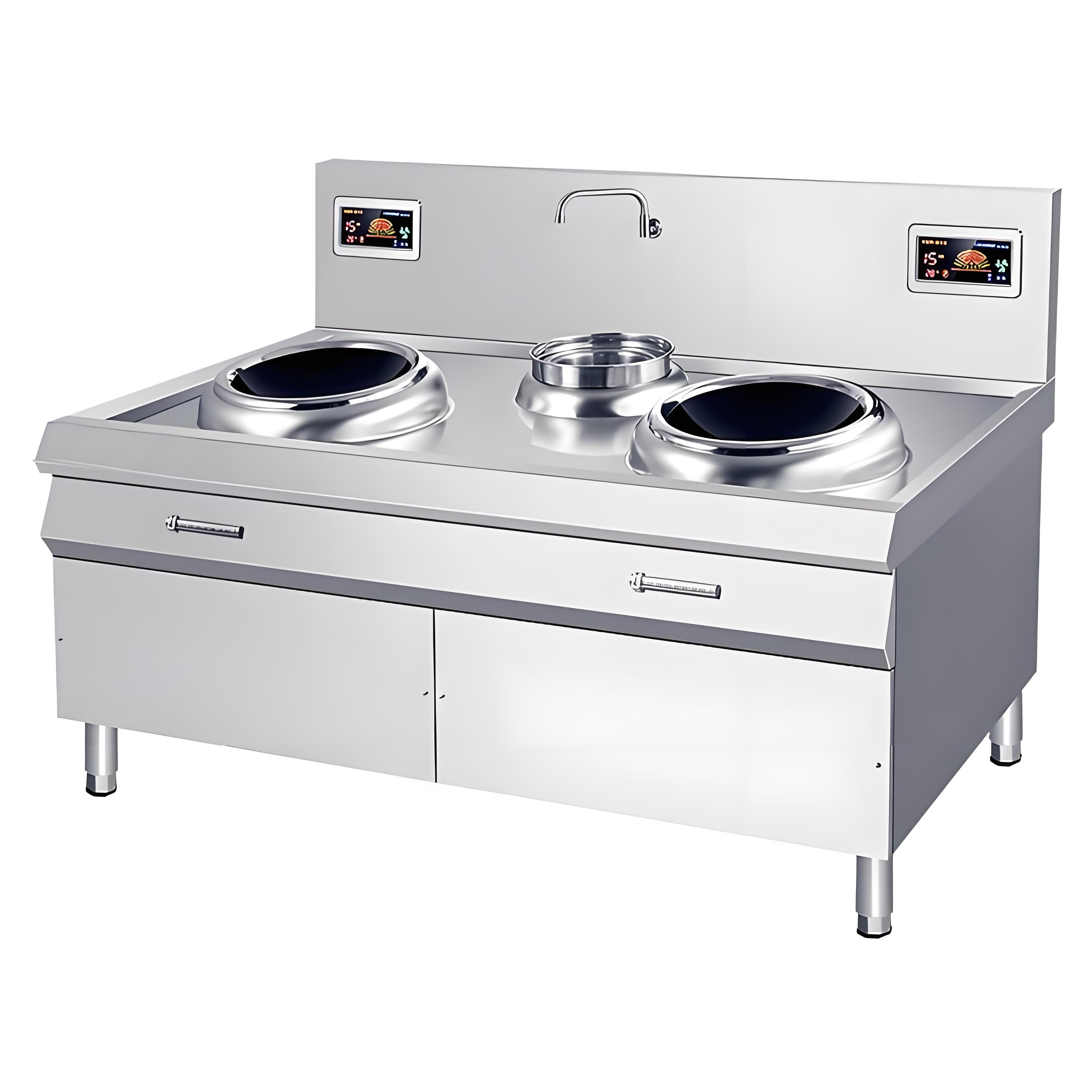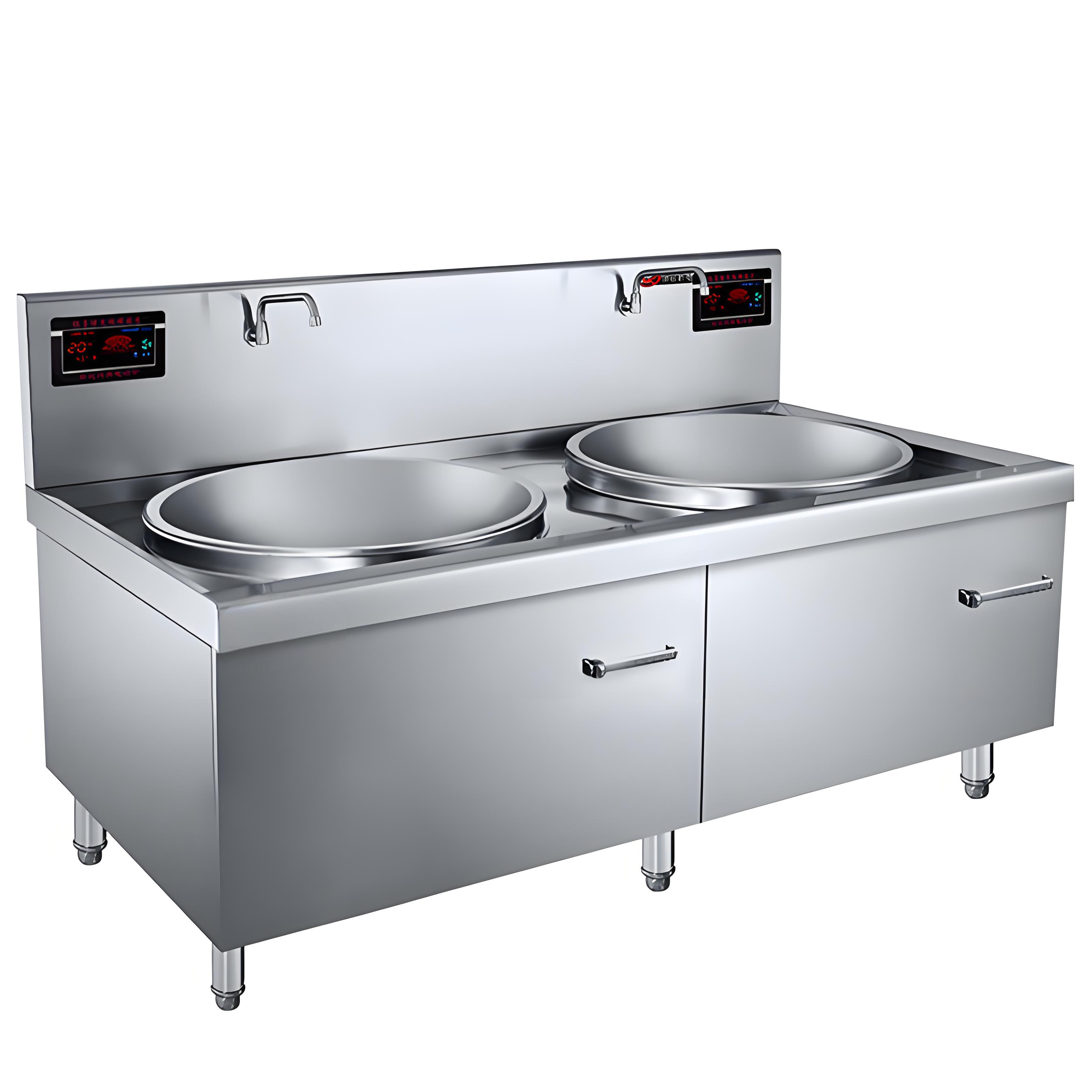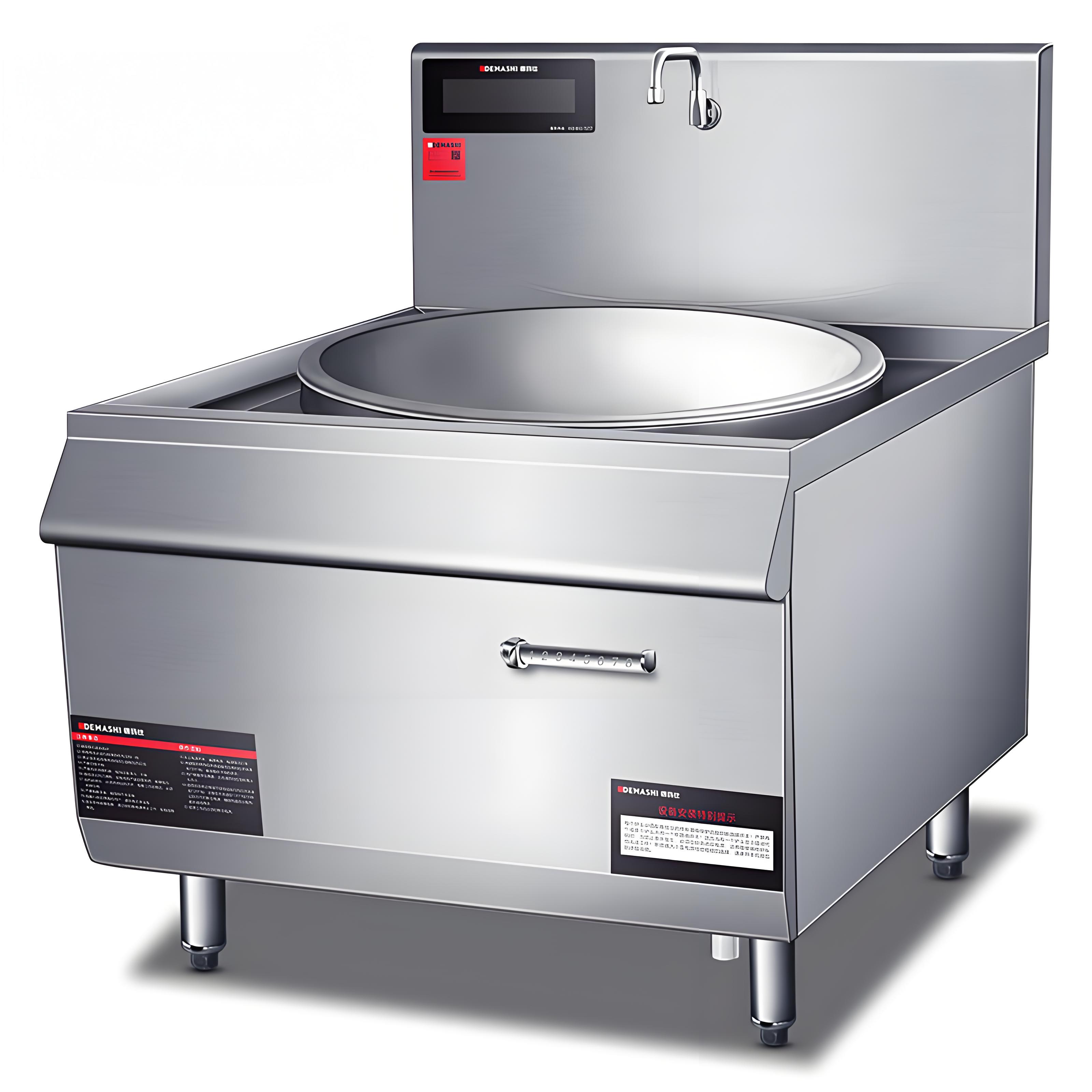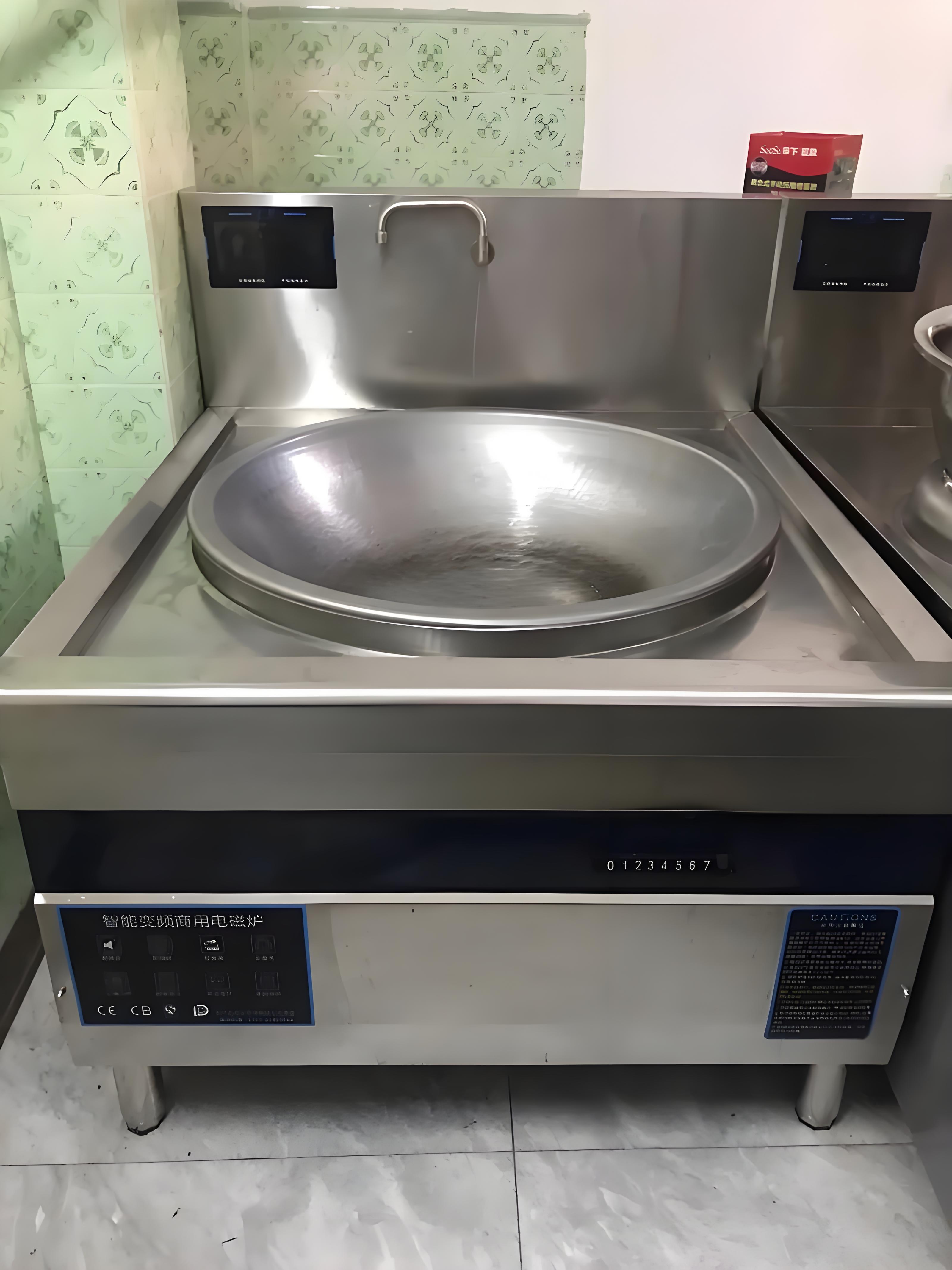As someone who’s spent over a decade working with commercial kitchen equipment, I’ve seen my fair share of culinary challenges and innovative solutions. One question that keeps popping up, especially from restaurant owners and chefs venturing into new setups, is whether a commercial induction cooker can handle steaming rice—a staple in so many cuisines. The short answer? Yes, it absolutely can. But the real story lies in how to make it work effectively, what equipment you’ll need, and the nuances that come with using induction technology for this task. Let’s dive into the details, drawing from my experience and practical know-how, to help you steam rice like a pro in a commercial setting.

Understanding Commercial Induction Cookers
Before we get into steaming rice, let’s clarify what makes commercial induction cookers unique. Unlike traditional gas or electric stoves, induction cookers use electromagnetic fields to heat cookware directly. This means faster heating, precise temperature control, and energy efficiency—qualities that are a godsend in busy kitchens. However, they require induction-compatible cookware, typically made of ferromagnetic materials like cast iron or certain stainless steels. This is the first thing to keep in mind when considering steaming rice.
In my years advising restaurant owners, I’ve noticed that many assume induction is just for stir-frying or boiling. But steaming? That’s a whole different game, and it’s entirely doable with the right approach. Let’s explore how to make it happen.
Why Steam Rice on an Induction Cooker?
Steaming rice in a commercial kitchen isn’t just about cooking a side dish—it’s about consistency, volume, and efficiency. Restaurants often need to produce large batches of perfectly cooked rice, whether it’s jasmine for Thai dishes, basmati for Indian cuisine, or sticky rice for sushi. Induction cookers shine here because they offer:
Speed: They heat up quickly, reducing prep time.
Control: Precise temperature settings ensure even cooking.
Energy Savings: Induction only heats the cookware, not the surrounding air, which cuts down on utility costs.
But the question remains: can you achieve the same fluffy, evenly steamed rice as you would with a dedicated rice cooker or gas-powered steamer? Let’s break it down.
The Setup: What You Need
To steam rice using a commercial induction cooker, you’ll need to pair it with the right equipment. Here’s what I’ve found works best based on my experience:
Induction-Compatible Steamer Pot: A multi-tiered stainless steel steamer with a ferromagnetic base is ideal. Make sure it’s marked as induction-ready.
Rice Containers or Trays: Food-grade stainless steel or aluminum trays that fit inside the steamer. Bamboo baskets can work for certain rice types, like sticky rice, but ensure they’re placed in a compatible metal base.
Lid: A tight-fitting lid to trap steam and maintain consistent heat.
Water: For the steamer’s bottom compartment to generate steam.
Optional Accessories: A heat-resistant mat or trivet to protect the induction surface and ensure stability.
One mistake I’ve seen newbies make is using non-induction-compatible cookware. I once worked with a chef who tried steaming rice in a standard aluminum pot, only to realize the induction cooker wouldn’t even turn on. Always double-check your equipment.
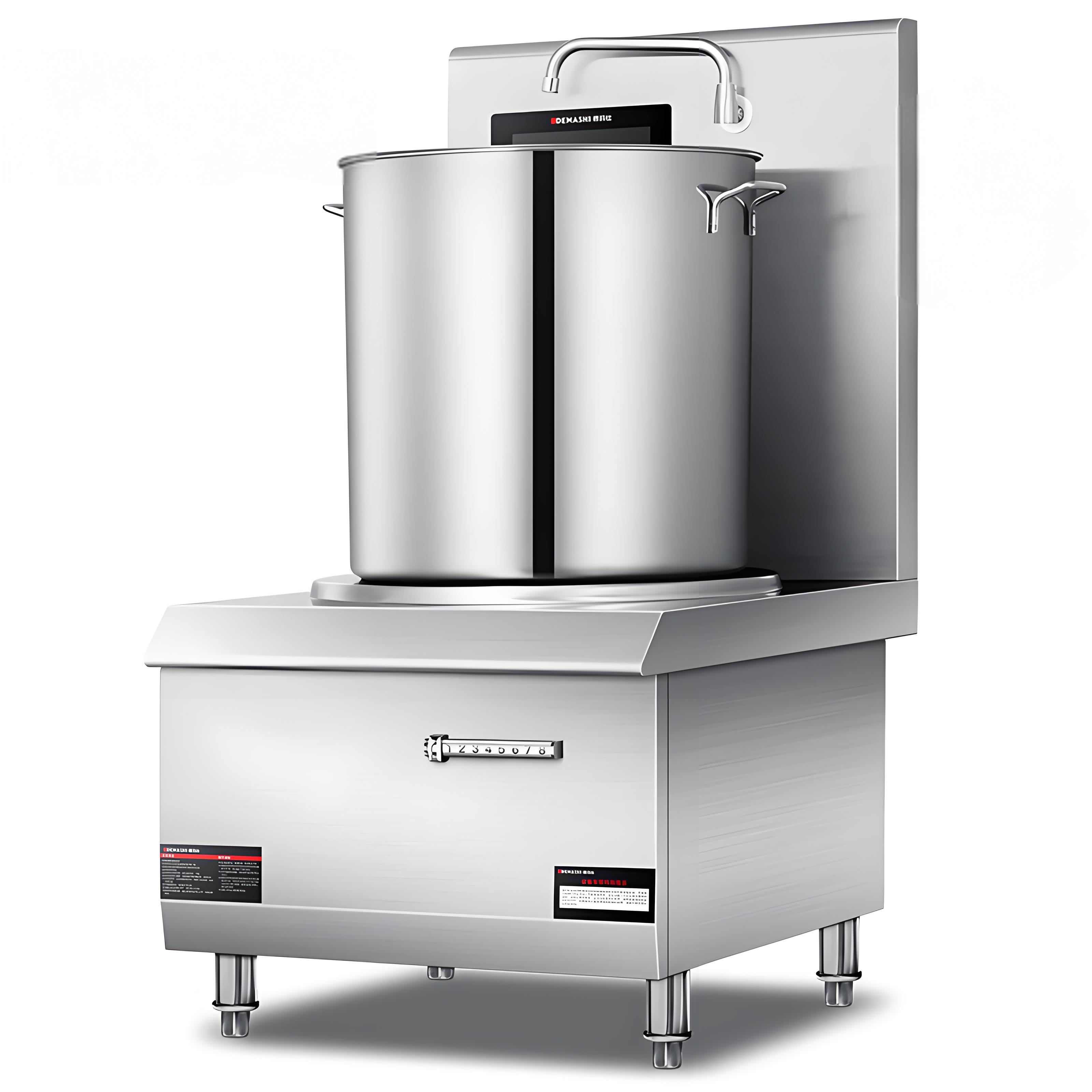
Step-by-Step Guide to Steaming Rice
Here’s how I approach steaming rice on a commercial induction cooker, honed from years of trial and error in busy kitchens:
Prepare the Rice:
Rinse the rice thoroughly to remove excess starch. This prevents stickiness and ensures a fluffier texture. For example, jasmine rice might need 3–4 rinses until the water runs clear.
Soak the rice if required (e.g., basmati or sticky rice often benefits from a 30-minute soak).
Set Up the Steamer:
Fill the bottom compartment of the steamer with water, ensuring it doesn’t touch the rice tray when inserted.
Place the rinsed rice in a thin, even layer in the steamer trays. Overcrowding can lead to uneven cooking, so don’t pile it too high.
Heat the Induction Cooker:
Set the cooker to a medium-high setting (around 80–90% power, typically 1800–2500 watts on a commercial unit).
Bring the water to a rolling boil to generate steam. Most induction cookers I’ve used can do this in under 5 minutes, which is a huge time-saver compared to gas.
Steam the Rice:
Once steam is visible, lower the heat to a medium setting (around 50–60% power) to maintain consistent steam without boiling over.
Steam for 20–30 minutes, depending on the rice type. For instance, long-grain rice like basmati takes about 20 minutes, while sticky rice might need closer to 30.
Check and Rest:
Check the rice for doneness. It should be tender but not mushy.
Let the rice rest in the steamer for 5–10 minutes with the lid on to absorb residual steam, which helps achieve that perfect texture.
Fluff and Serve:
Gently fluff the rice with a fork or paddle to separate the grains before serving.
This method has worked for me across various cuisines, from Chinese dim sum restaurants to Indian takeaways. The key is to monitor the water level in the steamer to avoid it running dry, which can damage both the rice and the equipment.
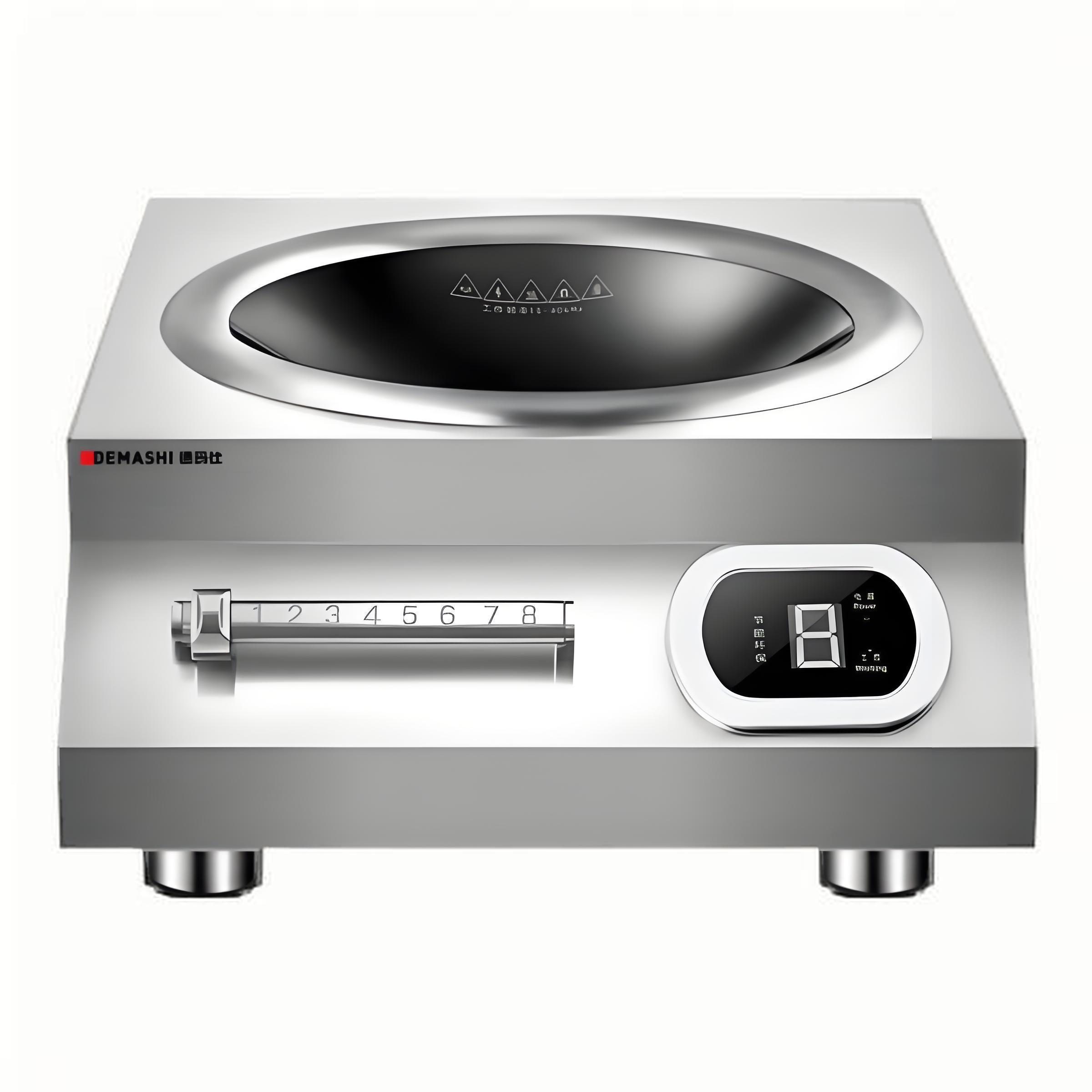
Comparing Induction Steaming to Other Methods
To give you a clearer picture, I’ve put together a table comparing steaming rice on an induction cooker to other common methods in commercial kitchens. This is based on my observations working with different setups:
| Method | Speed | Consistency | Equipment Cost | Energy Efficiency |
|---|---|---|---|---|
| Induction Cooker | Fast (5–7 min to boil) | High (precise control) | Moderate (cooker + steamer) | High (minimal heat loss) |
| Gas Steamer | Moderate (8–10 min to boil) | Moderate (less precise) | Moderate (burner + steamer) | Low (heats surrounding air) |
| Dedicated Rice Cooker | Slow (15–20 min prep) | Very High (automated) | Low (single appliance) | Moderate (consistent use) |
| Electric Steamer | Moderate (7–10 min to boil) | High (stable heat) | Moderate (steamer unit) | Moderate (some heat loss) |
From this, you can see induction cookers are a strong contender, especially for kitchens prioritizing speed and energy savings. However, dedicated rice cookers might still win for simplicity if you’re only cooking rice occasionally.
Challenges and How to Overcome Them
No method is without its hiccups, and steaming rice on an induction cooker has a few quirks. Here’s what I’ve run into and how to handle them:
Uneven Heating: Some induction cookers have hot spots, especially cheaper models. To counter this, rotate the steamer trays halfway through cooking or invest in a high-quality unit with even heat distribution.
Water Evaporation: In long cooking sessions, the water in the steamer can run low. I always keep a kettle of hot water nearby to top it up without dropping the temperature.
Cookware Compatibility: As mentioned earlier, non-compatible cookware won’t work. If you’re unsure, test the pot with a magnet—if it sticks, you’re good to go.
Learning Curve: Induction cookers require some getting used to, especially for staff accustomed to gas. I recommend running a few test batches to dial in the settings.
One time, I was helping a new restaurant set up their kitchen, and the staff were skeptical about using induction for steaming. After a quick demo and some practice, they were churning out perfect rice in half the time they’d expected. It’s all about confidence and the right technique.
Tips for Scaling Up in a Commercial Setting
If you’re running a high-volume kitchen, steaming rice on an induction cooker can still work, but you’ll need to think bigger. Here’s what I’ve learned from scaling up:
Use Multiple Tiers: Stackable steamers can handle large quantities. For example, a three-tier steamer can produce enough rice for 50–60 servings in one go.
Batch Cooking: Schedule rice steaming during low-rush hours to free up the cooker for other tasks.
Invest in Quality: Higher-end induction cookers (e.g., 3500W models) can handle continuous use without overheating, which is critical for busy restaurants.
Train Staff: Ensure everyone knows the settings and timing. I’ve seen kitchens where inconsistent training led to undercooked or soggy rice.

My Personal Take: Why I Love Induction for Steaming
I’ll admit, when I first started using induction cookers, I was skeptical. I grew up around gas flames and thought nothing could match their reliability. But after years of working with induction in various kitchens, I’m a convert. The speed, the control, the clean-up—it’s hard to go back. Steaming rice on induction feels like a natural fit once you get the hang of it. Plus, it’s a versatile tool that can handle everything from rice to dumplings to vegetables, making it a workhorse in any commercial kitchen.
One of my favorite moments was at a catering event where we had to serve 200 portions of jasmine rice. We used two induction cookers with large steamers, and the rice came out perfectly fluffy, with guests raving about the texture. That’s when I knew induction wasn’t just a gimmick—it’s a game-changer.
Safety and Maintenance Considerations
Since we’re talking commercial kitchens, safety and maintenance are non-negotiable. Here’s what I always emphasize:
Check Cookware Stability: Induction cookers have smooth surfaces, so ensure the steamer is stable to avoid spills.
Clean Regularly: Rice starch can build up in steamers, so clean trays thoroughly after each use to prevent contamination.
Monitor Power Supply: Commercial induction cookers draw significant power, so ensure your kitchen’s electrical setup can handle it. I’ve seen breakers trip when multiple units were running at once.
Ventilation: Steaming produces a lot of moisture, so make sure your kitchen has proper ventilation to avoid mold or equipment damage.
Wrapping It Up
Steaming rice on a commercial induction cooker isn’t just possible—it’s practical, efficient, and versatile. With the right equipment and technique, you can produce large batches of perfectly cooked rice that rival any dedicated rice cooker. From my years in the industry, I’ve seen induction cookers transform how kitchens operate, and steaming rice is just one of their many strengths. Whether you’re running a small café or a high-volume restaurant, this method can save time, energy, and space while delivering consistent results.
If you’re new to induction or hesitant about trying it for rice, start small. Test a batch, tweak the settings, and soon you’ll wonder why you didn’t make the switch sooner. Got questions or want to share your own tips? I’d love to hear how it works for you.

Related Questions and Answers
Q: Can I use a regular rice cooker pot on an induction cooker for steaming?
A: Not unless it’s induction-compatible. Regular rice cooker pots are often aluminum, which won’t work on induction. Check for a ferromagnetic base or use a dedicated induction steamer.
Q: How much rice can I steam at once on an induction cooker?
A: It depends on your steamer’s capacity, but a standard three-tier steamer on a 3500W induction cooker can handle 5–7 kg of uncooked rice, yielding about 15–20 kg of cooked rice.
Q: Does the type of rice affect steaming time?
A: Absolutely. Long-grain rice like basmati takes about 20 minutes, while sticky or glutinous rice might need 25–30 minutes. Always check for doneness and adjust as needed.
Q: Is induction steaming more cost-effective than gas?
A: In my experience, yes. Induction cookers use less energy since they heat only the cookware, not the air. Over time, this can lead to significant savings, especially in high-volume kitchens.
Q: Can I steam other foods alongside rice?
A: Definitely! You can use multiple tiers to steam vegetables, dumplings, or fish at the same time, as long as the flavors won’t mix. Just ensure the water level is sufficient for longer cooking times.
